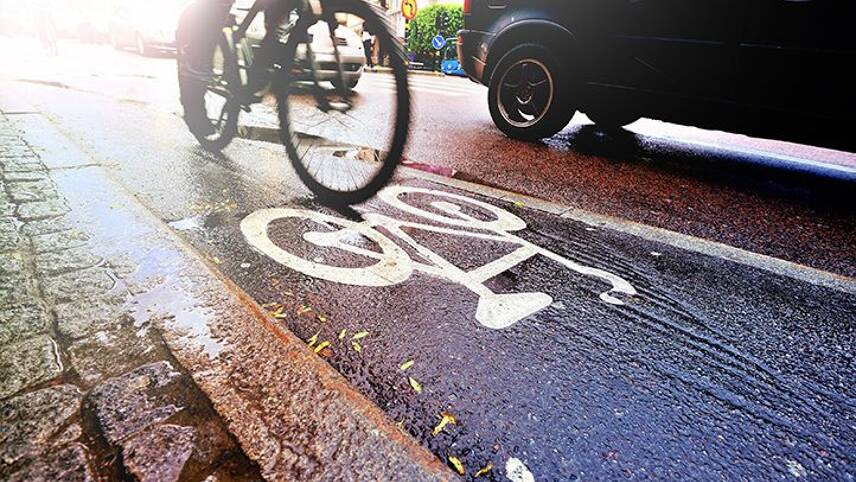Register for free and continue reading
Join our growing army of changemakers and get unlimited access to our premium content

The guide is free to download for edie users
Transport accounts for around a third of UK carbon emissions, according to the Confederation of British Industry (CBI). It estimates that 15% of all trips and 20% of distance being travelled was for commuting purposes pre-pandemic. In total, UK commuter travel accounts for 18 billion kg of CO2 emissions each year.
The Government has recognised the significance of sustainable commuting with the publication of the Ten Point Plan for a Green Industrial Revolution. The Plan includes ambitious commitments to end the sale of new petrol and diesel cars and vans from 2030, (as well as hybrid vehicles from 2035), and to provide a new wave of funding for decarbonising public transport networks.
But, if the UK has any hope of meeting its obligations to reach net-zero by 2050, businesses and government must transform how people commute. With this in mind, edie has produced this handy top tips guide for businesses looking to decarbonise their employees’ commutes.
—-CLICK HERE TO DOWNLOAD THE TOP TIPS GUIDE—-
The tools needed to achieve a decarbonised commute can also help the economy get back on its feet and level up opportunity and productivity across the country, as this new top tips guide explains.
This guide, sponsored by Mobilityways, outlines the tips and tricks that businesses can consider to help the workforce take up more sustainable modes of transport for those that still have to commute.
From calculating baseline data to incentivising the workforce to make more sustainable actions, this guide provides a one-stop shop for creating a decarbonisation plan for employee commutes.
Click here to download the guide.


Back to basics.
The only controllable, reliable, CO2-free energy source, available in unlimited quantity, is in the field of nuclear energy.
Fission energy is the presently available technology, with the hope that within a foreseeable decades we may have fusion power.
It does suffer, however, from a lack of rapid flexibility.
But there is room for a doubling of capacity in the area of the electrical baseload generation.
The enthusiasm for wind and solar does not seem to be abated by the great constraints placed, by nature and thus totally unavoidable, upon them. But they are among Arthur Daley’s “nice little earners”.
I await the storm of protest!!!
Richard Phillips